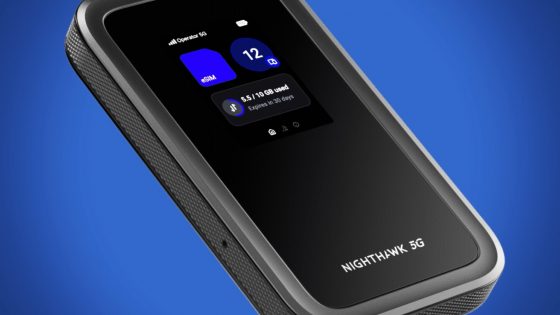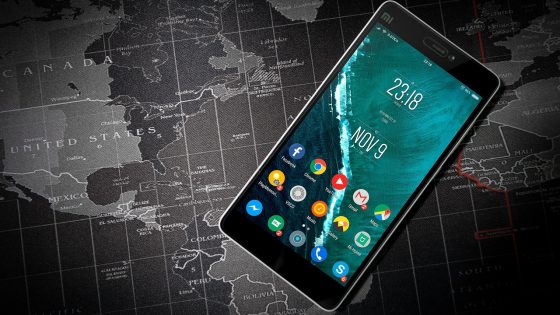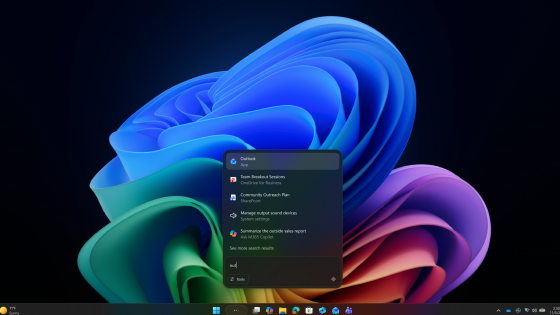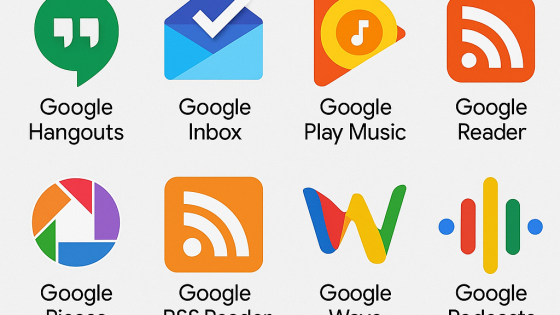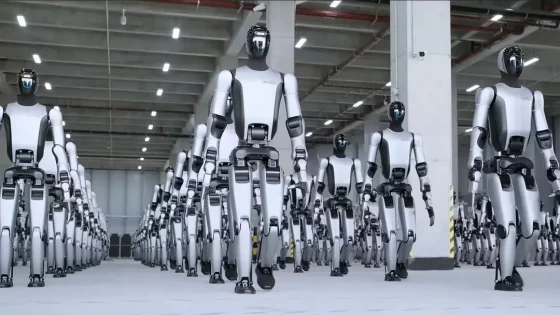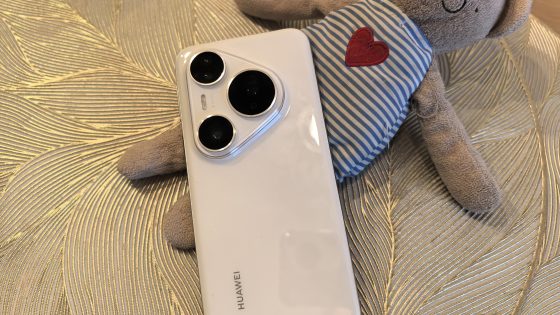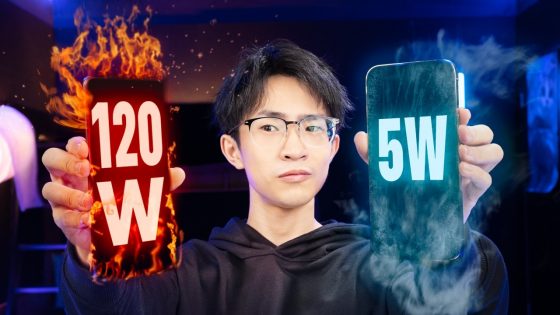Google apps that were retired too soon
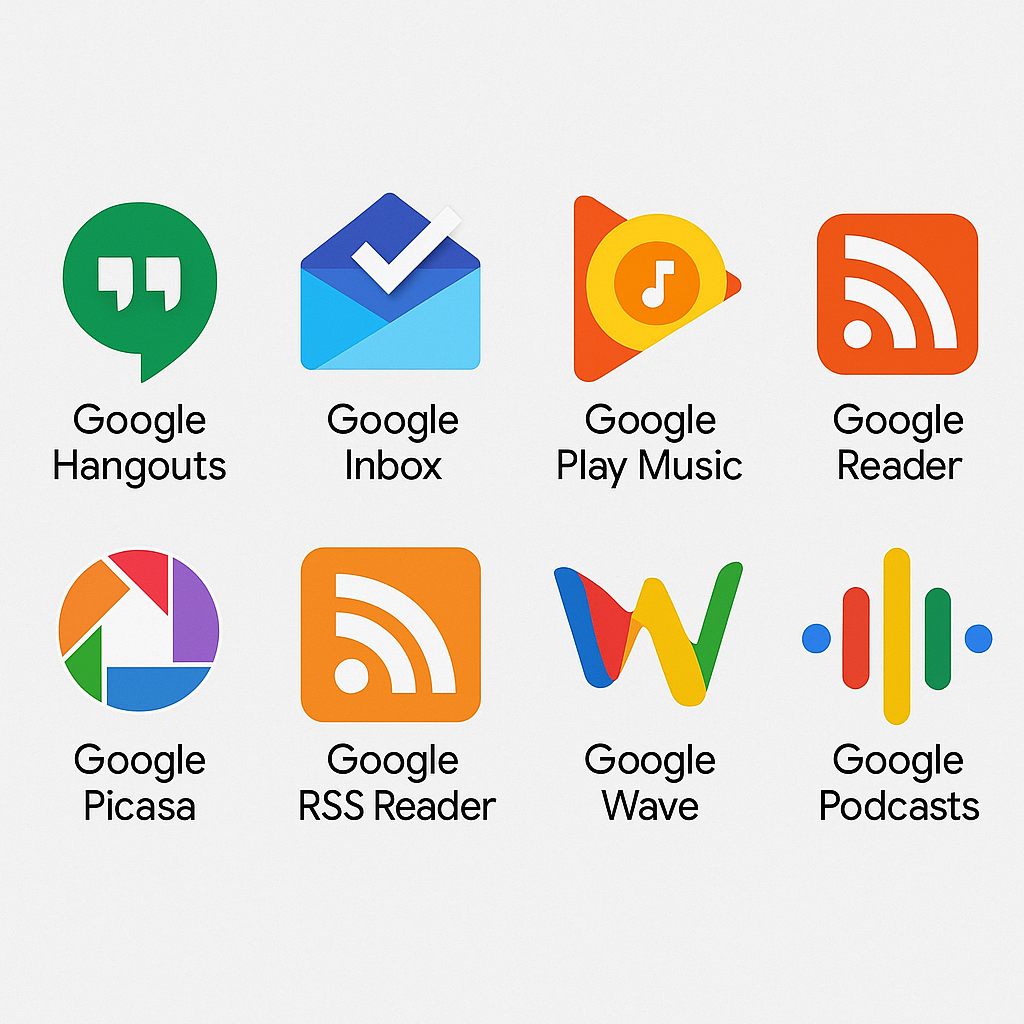
Google has a graveyard full of apps that were once popular and incredibly useful. For some, the end was inevitable and we, the users who used them, were able to watch a slow retirement. To be honest, quite a few of these apps were more niche, but there were also enough that had a large number of users and were universally well-received.
What are these applications?
Google Hangouts: Simplicity Killed by Strategy
When Google launched Hangouts in 2013, the world got one of the most enjoyable ways to communicate. The app was born from the Gmail and Google Contacts ecosystem, so it seamlessly integrated into everyday work. It combined text conversations, video calls, and group chats, all in one elegant interface.
Its power was in its simplicity. There was no need for registrations, usernames, or adding friends. If you had Gmail, you had Hangouts.
But in the spirit of Google’s ongoing “unification of communications,” the app remained in a sandwich. It was split into Google Chat and Meet, and its features were dispersed across several new tools. What was once natural and intuitive became fragmented. Hangouts is gone, but the irony is that Google is still struggling to create a product that is as easy and popular as Hangouts was.
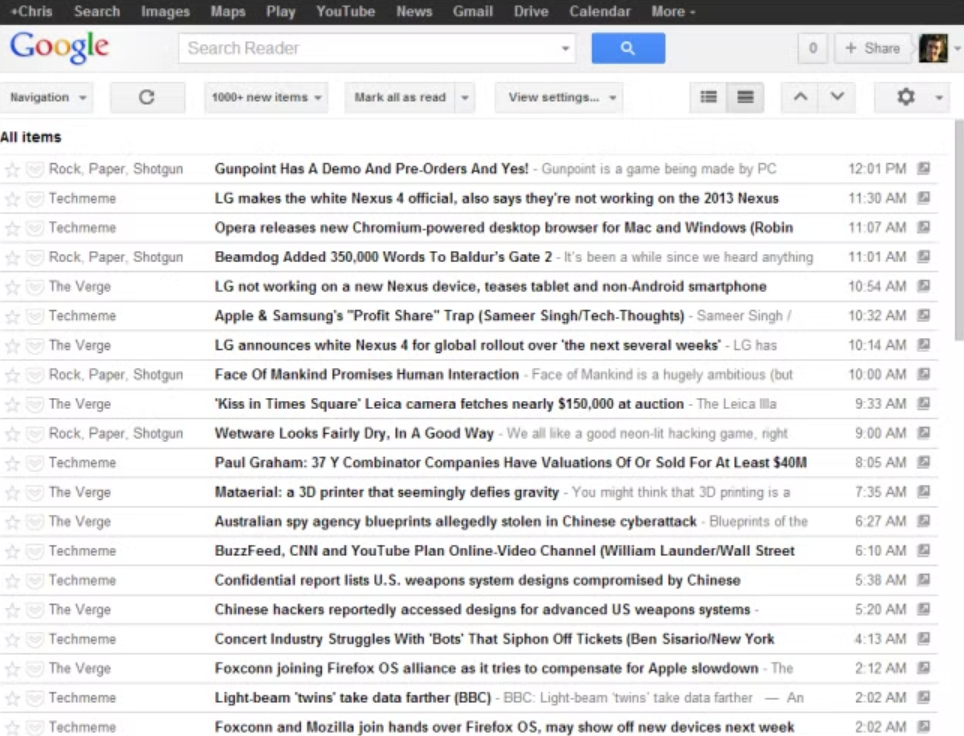
Google Inbox – the future of email that came too soon
Inbox was one of those Google projects that only those who actually used it understood. In 2014, it transformed email into something completely new—an intelligent experience that could recognize invoices, reservations, and important reminders and organize them on its own.
Email went from an endless list of messages to a tidy “to-do list.” Minimalist design, smart sorting, and features like snooze, pin, and smart reply made you feel like you were truly in control of your email for the first time.
Despite a loyal community, Google discontinued the app in 2019, incorporating most of its features into Gmail. Officially, this was an “evolution,” but users felt a loss. Inbox was too advanced for a time when most people weren’t ready for “artificial intelligence” to manage their email.

Google Play Music – when musical taste was a personal thing
Before YouTube Music became the standard, there was Google Play Music—a digital music library that respected the user's collection. It allowed users to upload their own songs to the cloud, listen without a subscription, and create personal playlists before algorithms took control of recommendations.
It was an app that understood that many music lovers didn't just want a streaming service, but a place where they kept a part of their identity.
When Google switched to YouTube Music in 2020, it formally ended the era of “personal music.” While the new platform is more integrated with the video ecosystem, it has lost what set Google Play Music apart from the rest – the sense of privacy and collectability.
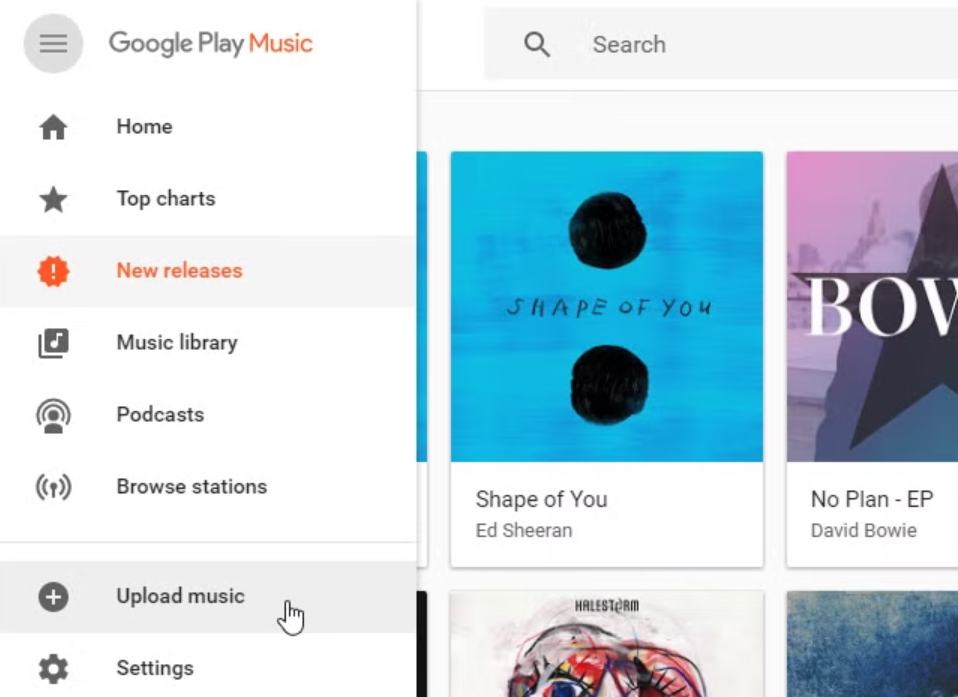
Google Reader – a portal to the web before the time of algorithms
For those who wanted to read the news their way in the early 2000s, Google Reader was a revelation. The RSS reader allowed you to follow websites without ads, without chaos, and without social media.
News came in chronological order, without "personalized" algorithms, and that's exactly why Reader was a power tool for journalists, bloggers, and serious readers.
When Google shut it down in 2013, citing “declining usage,” there was a wave of disappointment. For many, it was a symbol of Google’s shift from tools that serve the user to platforms that serve advertising. Its spirit lives on today in services like Feedly and Inoreader, but the nostalgia for Reader’s simplicity remains.

Google Picasa – photos that had a story
Before all photos were “in the cloud,” there was Picasa, an app that made it incredibly easy to edit, organize, and share images. For many, it was their first experience with digital photography.
Picasa wasn't just a tool, it was a memory album. With it, you could adjust contrast, add captions, create collages, and all without the need for professional knowledge.
In 2016, Google finally replaced it with Google Photos. The new system is smarter, connected to artificial intelligence, but less personal. If Picasa was your personal diary, Google Photos is a digital archiver, efficient but without the charm that made Picasa legendary.

Google Wave – a glimpse of the future that no one understood
Google Wave was one of the boldest experiments in the company's history. In 2009, it heralded what we know today as Slack, Notion, or Teams—a collaboration tool that combined chat, documents, and teamwork in one environment.
Brilliant in theory, confusing in practice. Wave was too complex for the average user. Where Google saw the future of collaboration, users saw just another platform with an unclear purpose.
The company quietly abandoned it in 2010, but its core survived. The concept of collaborative document editing became the foundation of today's Google Docs. In truth, Wave was simply too advanced for its year of birth.
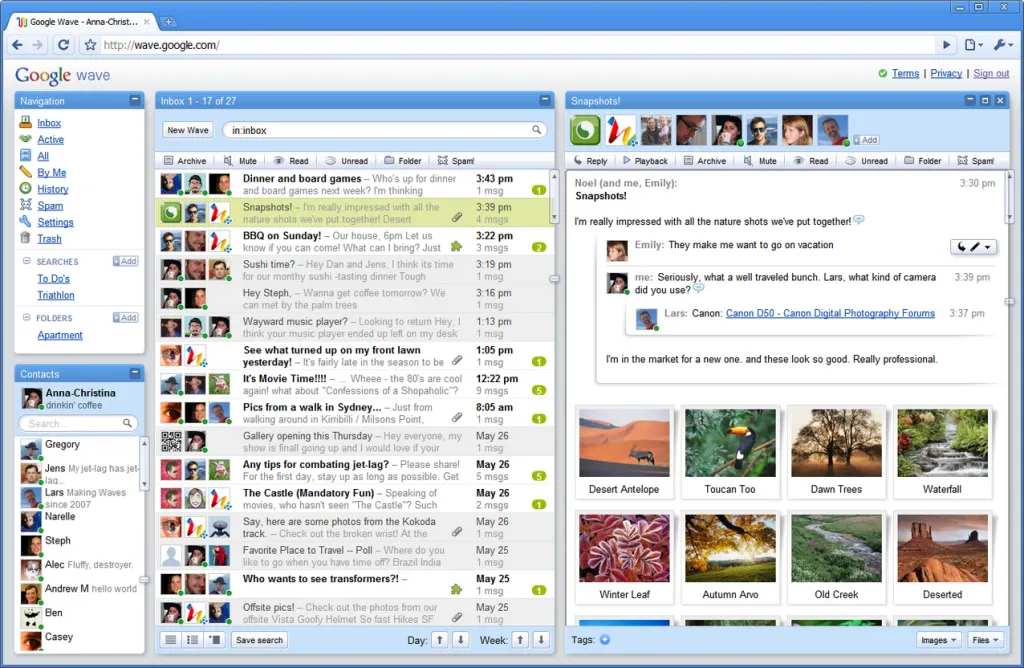
Google Podcasts – radio for those who wanted peace
When everyone was competing to be the first to offer more recommendations and personalized playlists, Google Podcasts offered something rare – silence. A minimalist interface free of unnecessary features and ads made listening to podcasts as you would listening to the radio, simple and without distractions.
But Google had other plans. In 2024, it discontinued the app and moved podcast listening to YouTube Music.
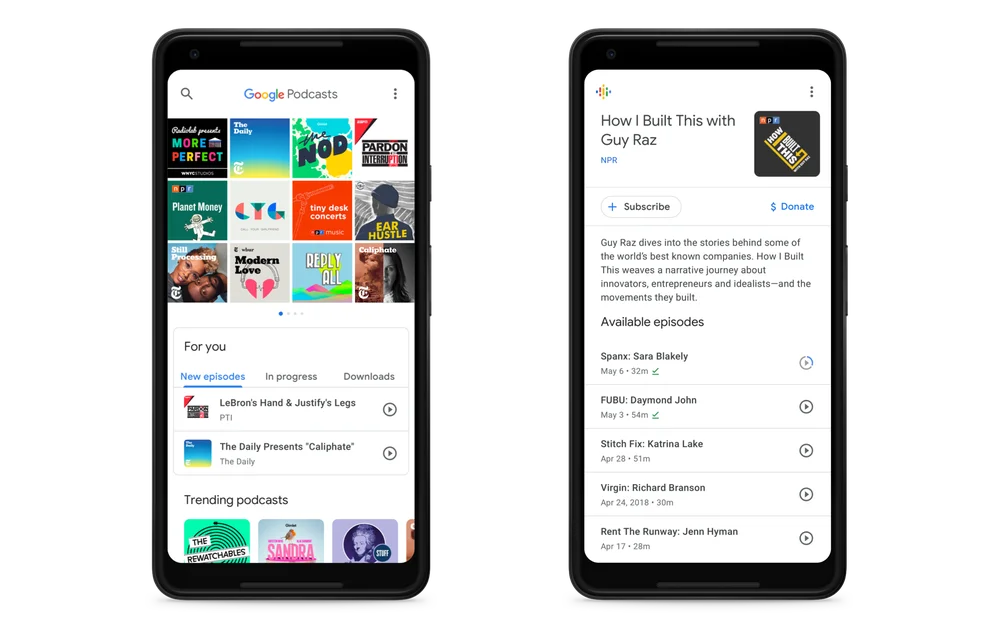
All of these apps were part of Google’s philosophy of “build, test, find a source of revenue. If there’s none, abandon the app and start again.” Some were born as experimental projects, others in response to competition. But almost all of them had one thing in common: they were great until they were replaced by a more profitable product.
We can take comfort in the fact that many of the features of these apps are available in today's apps like YouTube Music, Google Photos, Gmail, and the like.




